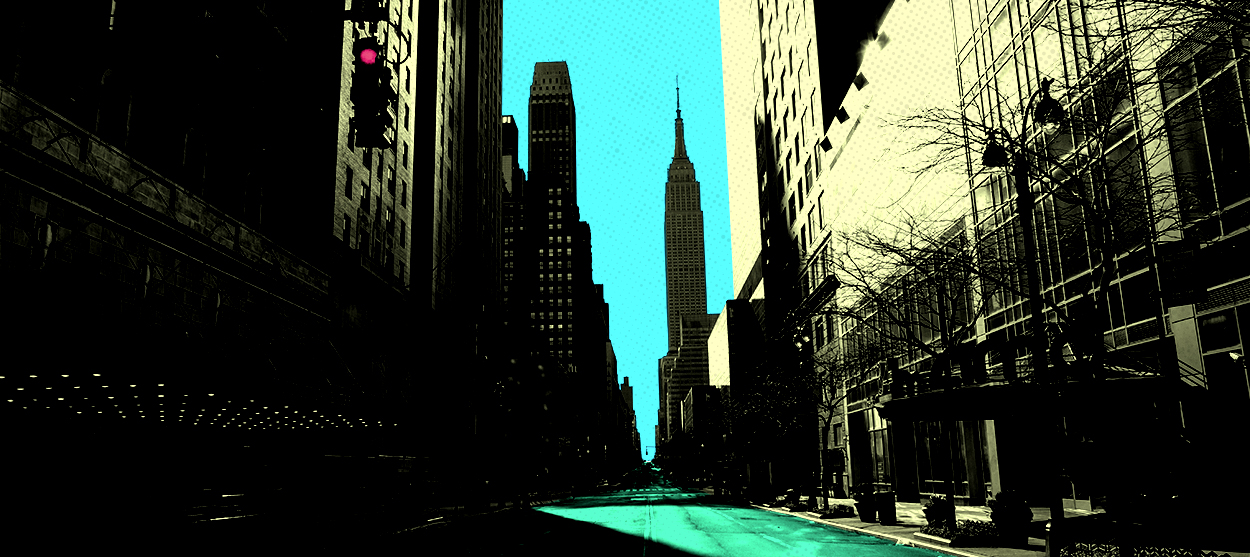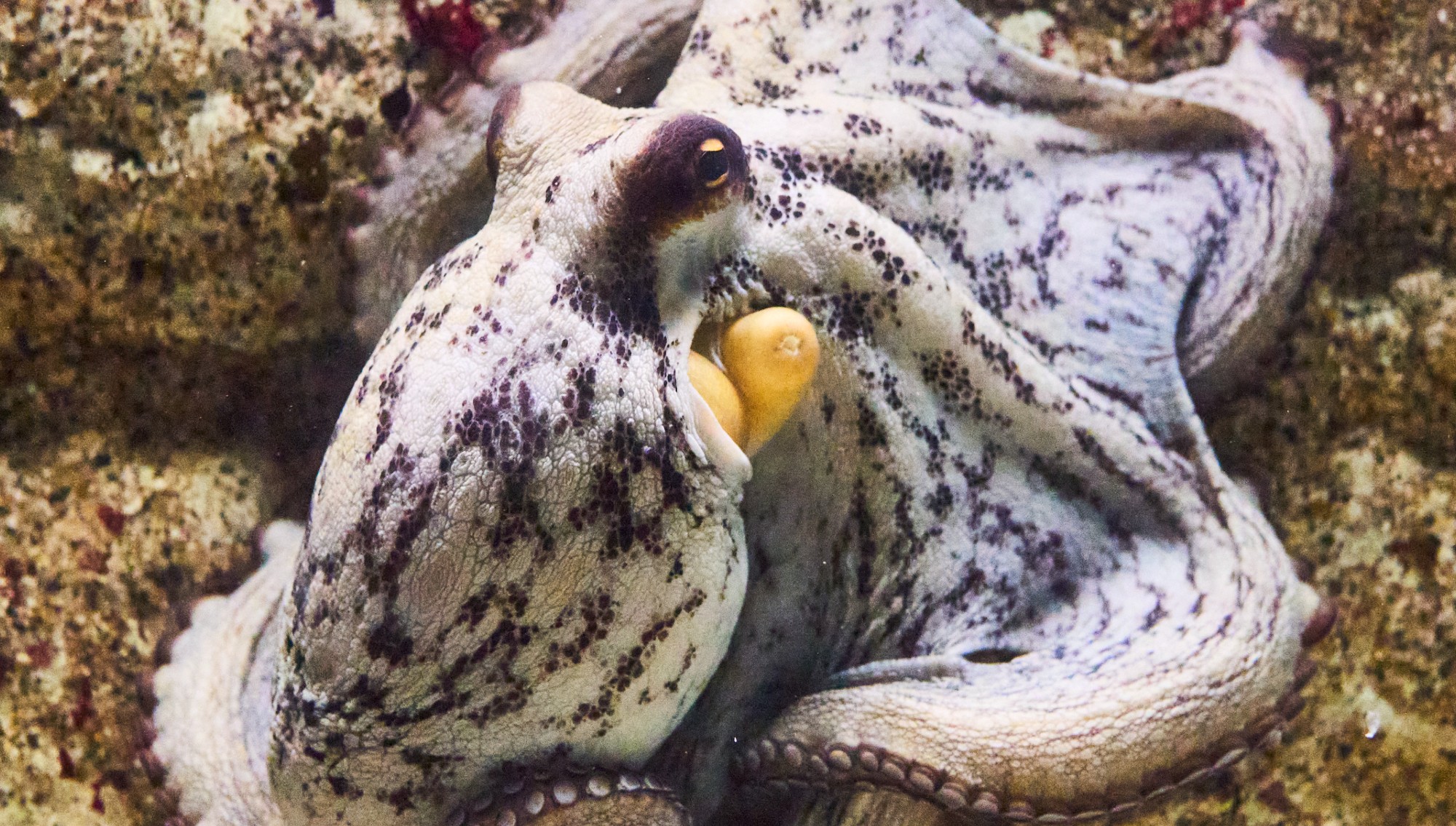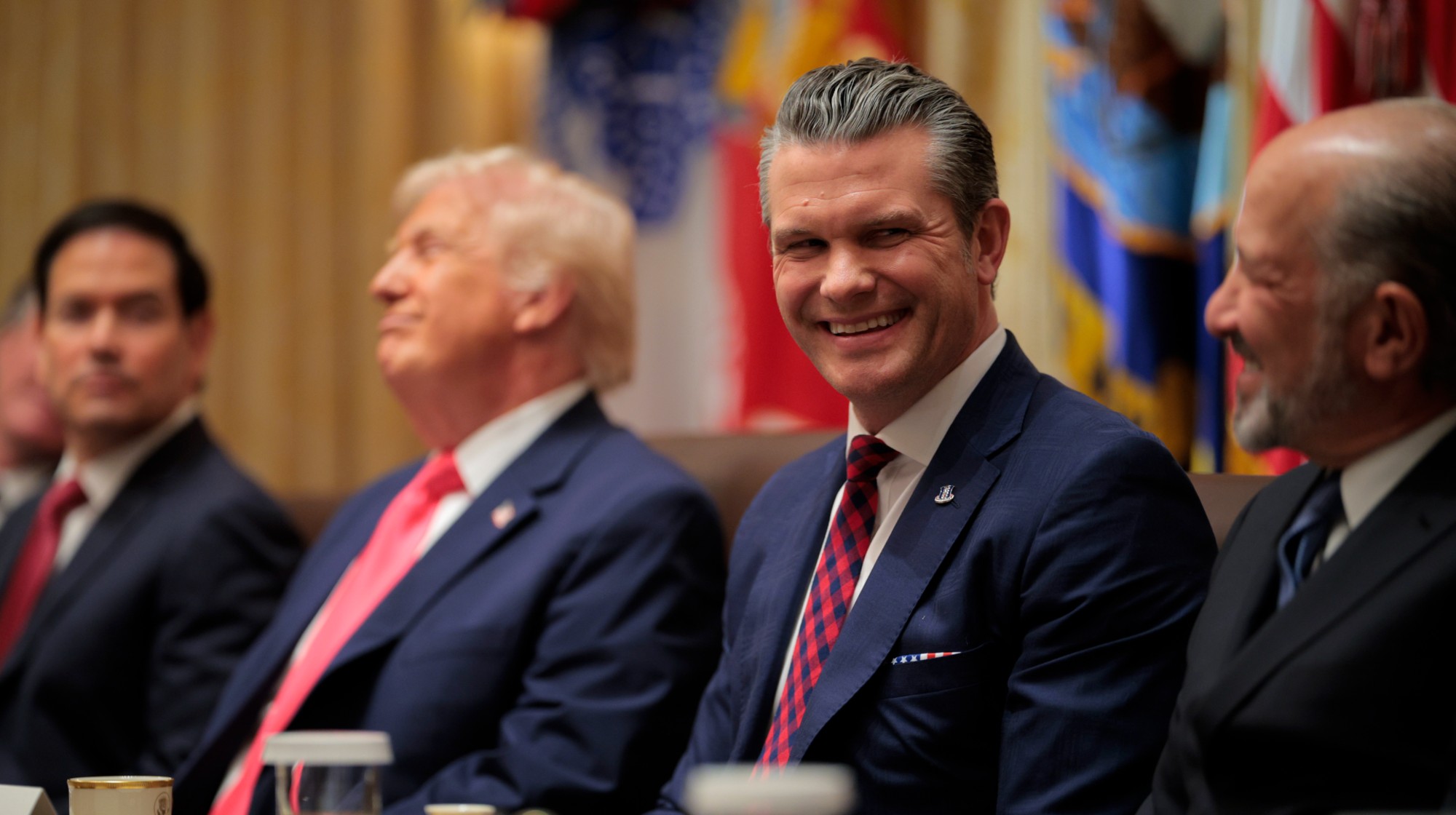A tantalizing glimpse of car-free cities
Enjoying the poison-free air? It could be like that all the time.


The novel coronavirus pandemic has unleashed economic havoc and is killing Americans by the thousands. However, it is not without some positive lessons. Many are gathering together in impromptu mutual aid societies, and we are all newly appreciating how much we depend on doctors and nurses, grocery store and sanitation workers, the United States Postal Service, and other low-paid labor.
City dwellers are also seeing some benefits. Every day people in places like New York and Los Angeles are posting stunned pictures of crystal-clear skylines or mountains usually hidden by smog on social media. Traffic-free streets that would only be seen at 3 a.m. are now the norm, and cyclists and pedestrians are enjoying relatively free rein.
Of course, it would be senseless to shut down the economy permanently just to cut congestion and breathe more easily. But it's an object lesson in the downsides of stuffing every city with dangerous and pollution-spewing automobiles. With a few moderate policy changes, the air and streets of American cities could be much safer, even when things have returned to normal.
The Week
Escape your echo chamber. Get the facts behind the news, plus analysis from multiple perspectives.

Sign up for The Week's Free Newsletters
From our morning news briefing to a weekly Good News Newsletter, get the best of The Week delivered directly to your inbox.
From our morning news briefing to a weekly Good News Newsletter, get the best of The Week delivered directly to your inbox.
Let's consider pollution first. The reason why the city air is so clean today is obvious: few people are driving. The brown haze that normally swathes every American city is created by toxic combustion byproducts — carbon monoxide, nitrogen oxides, ozone, unburned hydrocarbons, and other chemicals that sometimes react with sunlight to create yet more poisons.
City residents have long been used to constant smog, but they are right to be uneasy about the revelation of just how dirty their air normally is. Automobile pollution increases the risk of cancer and birth defects, as well as cardiovascular and respiratory disorders. A 2013 MIT study found that car pollution causes about 53,000 premature deaths annually — or about twice as many Americans as have died from COVID-19 thus far. (Incidentally, the virus disproportionately strikes down people with pollution-damaged lungs or hearts.) Cars also kill people directly. According to federal data, 29,206 drivers, passengers, or motorcyclists were killed in car crashes in 2018, as well as 7,354 pedestrians or cyclists.
Pedestrians and cyclists deserve special consideration, because walking and biking is a relatively safe way to travel today, and with so few cars on the road the streets are freer than they have ever been. But people out for a jog are struggling to maintain social distancing on cramped sidewalks that have often been drastically shrunk to make way for more cars, and while cycling has become much easier in some places, it is still hazardous in part because some of the drivers still on the road are taking advantage of empty streets to speed like maniacs. So-called bike lanes in beautiful cities like San Diego are still largely empty because cyclists still have to travel with traffic along high-speed avenues.
There is every reason for cities to block off lanes for exclusive use for pedestrians and bikes, or even simply close off strategic streets to car traffic altogether. With safe routes going throughout the city, even relatively sprawling metros could make getting a break from coronavirus cabin fever much safer, and begin developing a bike culture. And these should not be temporary — with just a bit of work those streets could eventually transport far more people than they did before, and thus ease traffic congestion. Denser places like New York City ought to move towards banning private cars from their core regions altogether. Automobile traffic that can't be avoided, like business deliveries, would be made much easier without so much congestion and parked cars taking up all the sidewalk access — and electrifying the vehicle fleet would make things cleaner still.
A free daily email with the biggest news stories of the day – and the best features from TheWeek.com
Indeed, a few cities are already trying this. Oakland has banned through traffic on 74 miles of its streets, and while New York City briefly tried a similar experiment, Mayor Bill de Blasio quickly abandoned it, supposedly for lack of police manpower.
All this is doubly frustrating because cars are simply not very well-suited to transporting people around cities. They take up far more space per person than trains, buses, or bicycles — a two-lane bikeway or dedicated transit lane has a theoretical maximum capacity about five times greater than a lane of traffic, while a subway line is about 15 times greater. And of course real car lane capacity is much lower than that — every car-dependent city is snarled with traffic twice a day during rush hour.
As I have written before, it would not be that hard to drastically cut the automobile dependency that poisons and kills tens of thousands of Americans yearly. We simply must overturn the politics of car supremacy that makes the needs of drivers the overwhelming priority in every area. Aside from dedicating more space to non-car transport, people are today avoiding public transit due to the pandemic, which presents a prime opportunity to shut down some lines and conduct some crash repairs so it will be in much better shape when the crisis passes.
Naturally one must be a bit sheepish about seizing on the coronavirus pandemic as confirmation of one's prior views. But the clean air filling the lungs of Americans across the country speaks for itself. Take a deep, poison-free breath, and realize it could be like that all the time.
Want more essential commentary and analysis like this delivered straight to your inbox? Sign up for The Week's "Today's best articles" newsletter here.
Ryan Cooper is a national correspondent at TheWeek.com. His work has appeared in the Washington Monthly, The New Republic, and the Washington Post.
-
 Unemployment rate ticks up amid fall job losses
Unemployment rate ticks up amid fall job lossesSpeed Read Data released by the Commerce Department indicates ‘one of the weakest American labor markets in years’
-
 The Week contest: Octopus album
The Week contest: Octopus albumPuzzles and Quizzes
-
 Hegseth rejects release of full boat strike footage
Hegseth rejects release of full boat strike footageSpeed Read There are calls to release video of the military killing two survivors of a Sept. 2 missile strike on an alleged drug trafficking boat
